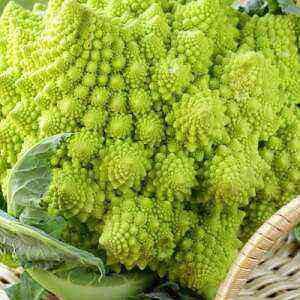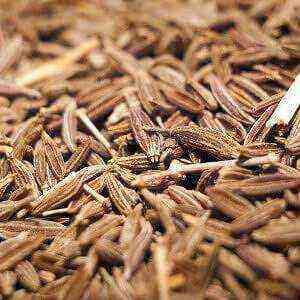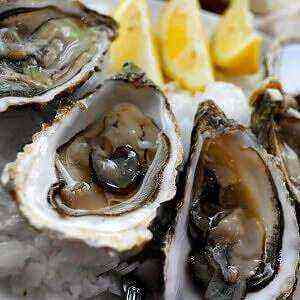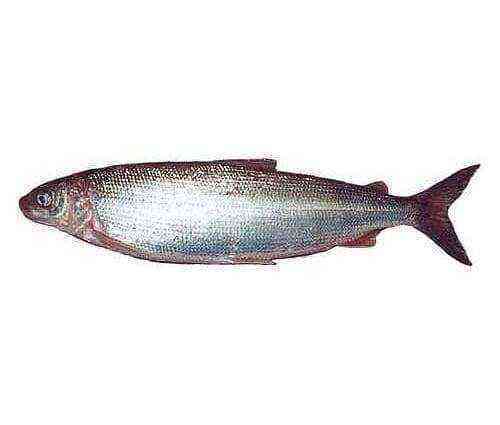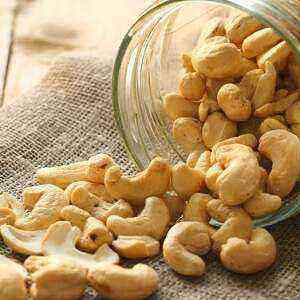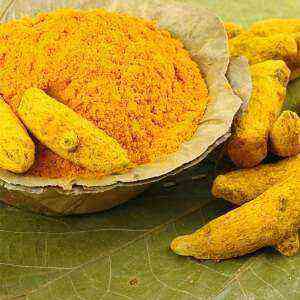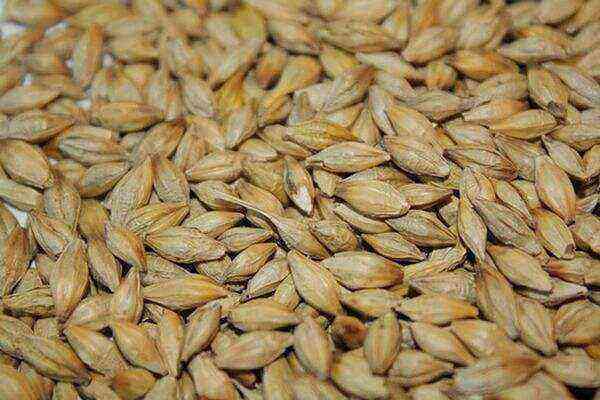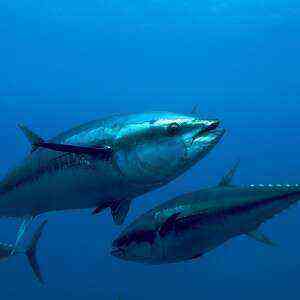
Useful properties of tuna: preventing the development of pathologies of the heart, kidney, preventing heart attack, Alzheimer’s disease, breast cancer, reducing the inflammatory process in arthritis, normalizing heart rhythm, reducing pressure.
Currently, canned mackerel canned foods are very popular on the world market. They are harvested in vegetable oil or in their own juice and used as an independent snack. The taste of tuna favorably sets off greens, olives, lemon juice. In addition, canned fish is used to prepare vegetable salads, pizza, toppings for pies.
Botanical description
The largest tuna caught off the coast of New Zealand in 2012 and weighed 335 kg. This is a large commercial fish in which parasites are extremely rarely infested. Due to this, a large number of delicious raw delicacies are prepared from its meat. Tuna life is not possible without constant movement. Massive lateral muscles, a spindle-shaped body, narrowed towards the end, a dorsal fin in the shape of a sickle, and a leathery keel on the caudal stem provide fast and long swimming of an individual in the Azov, Japanese, Black, Barents seas and the Pacific, Atlantic, Indian oceans. Fish kept large shoals.
Tuna – excellent swimmers, developing speeds of up to 77 km / h in the pursuit of food. The main food is crustaceans, mollusks and small fish (herring, mackerel, sardine).
Tuna meat is colored red due to the presence of iron-containing protein myoglobin, produced by the “high-speed” movement in the muscles. The ability to deposit eggs occurs in females at the age of three. Spawning occurs in June-July in the warm waters of the subtropics. The fish is extremely prolific and can lay off 10 million eggs per year.
Subspecies
Common Tuna (Red)
Habitat – the equatorial waters of the Atlantic and northeastern regions of the Indian Oceans, the Caribbean and Mediterranean Sea, the Gulf of Mexico. Redfin tuna is rarely found in the Barents Sea and off the coast of Greenland. The largest representative of this species reached 4,58 m in length and weighed 684 kg.
Atlantic (black) tuna
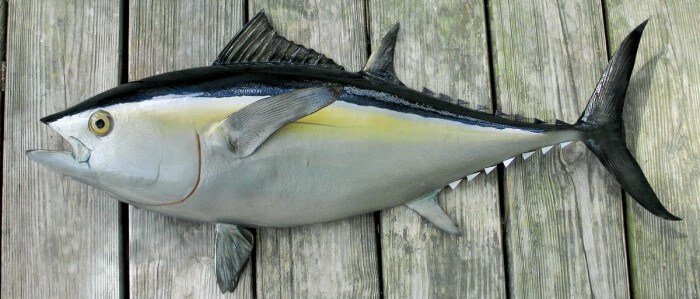
Bluefin tuna
It is the largest species. Its fat body has the shape of a circle in cross section. The maximum weight reaches 690 kg, and the length of 4,6 is m. The scales are large, resembling a shell along the lateral line. Bluefin tuna has the highest commercial value. Habitat is very wide and stretches from polar to tropical ocean waters.
Yellowfin (yellowtail) tuna
A distinctive feature is the bright yellow color of the hind fins. An adult of the species has 20 vertical stripes on a silvery belly, reaches 2,4 m in length and gains weight up to 200 kg. Habitat – tropical and temperate latitudes, except for the Mediterranean Sea.
White (Albacore) tuna
It is famous for its fatty meat, which is considered the most valuable among mackerel representatives. Inhabits tropical, temperate latitudes of the ocean. It is a small fish, weighs about 20 kg.
Interestingly, tuna takes the second position in popularity among seafood, yielding the prizes to the prawns. Japan is the largest consumer of red fish meat. Every year, residents of the land of the rising sun consume more than 43 thousand tons of tuna. In France, the taste of fish is equated to the steam veal.
It is believed that tuna meat is completely safe to eat even raw, as it is not subject to infection by parasites.
Chemical composition
The nutritional value of salted and smoked tuna is 139 kcal per 100 g, boiled tuna – 103 kcal, fried – 254 kcal. Fish contains 19% fat and 22% protein. 100 g of the product contains 400% of the daily value of cobalt, 180% chromium, 77,5% niacin, 40% pyridoxine, 35% phosphorus, 33% iodine, 20% thiamine, 19% sulfur, 14% potassium.
Table No. 2 “The chemical composition of sweet tuna variety”
Name
Nutrient content in 100 grams of product, milligrams
Vitamins
Niacin (B3) 10,6 Pyridoxine (B6) 0,77 Thiamine (B1) 0,28 Riboflavin (B2) 0,23 Tocopherol (E) 0,2 Beta-carotene (A) 0,02 Folic acid (B9) 0,006 Ergocalciferol (D) 0,001
Macronutrients
Калий
350
Фосфор
280
Сера
190
Хлор
160
Натрий
75
Кальций
30
Магний
30
Trace Elements
Железо
1,0
Цинк
0,7
Марганец
0,13
Медь
0,1
Фтор
0,1
Хром
0,09
Йод
0,05
Кобальт
0,04
Молибден
0,004
Никель
0,006
Селен
0,001
Tuna is a unique bone fish that can maintain heat in the main parts of its body. She, like most fish, passes cold water through the gills, which are 30 times larger in area than the other monasteries of water bodies. In addition, the tuna has a heat exchange system that retains heat. The body of representatives of mackerel is covered with parallel blood vessels, ensuring the movement of warm and cold blood in opposite directions. Due to this feature, heat is retained in the tissues, and does not escape through the gills.
The most useful tuna is young with light pulp, because it has not yet managed to accumulate mercury in its body. In addition, its meat taste more tender.
Positive effect on the body

- Excellent vision. The composition of fish meat contains beneficial omega-3 acids. They prevent macular degeneration, which is the most common cause of visual impairment in older people.
- Healthy heart. It inhibits the formation of blood clots in blood vessels, increases the concentration of “good” cholesterol, prevents arrhythmia, and fights inflammation of various localization.
Polyunsaturated fatty acids found in tuna fish support heart health.
- Prevention of cancer of the intestine, oral cavity, stomach, esophagus, ovaries, mammary gland.
- Without obesity, diabetes. Normalizes metabolism, improves insulin response, controls body weight.
- Healthy brain. It regulates its blood supply, supports nerve impulses, reduces inflammatory risks, and prevents Alzheimer’s disease.
- Help in detoxification. Sea inhabitants are rich in selenium, which is involved in the production of glutathione antioxidants that protect the human body from malignant neoplasms and heart diseases. These compounds neutralize harmful substances concentrated in the liver.
- Good mood. With regular consumption of oily marine fish, stress decreases, depression disappears, blood flow is restored, and serotonin production improves.
Tuna meat is practically free of carbohydrates. It has 1/3 less cholesterol than other animal protein sources (chicken breast). It is interesting that 100 grams of dietary protein is concentrated in 25 g of fish, which covers the daily requirement of the body for building material by 50%. The proteins that make up tuna are absorbed by 95% of the human body. It is a leader among fish in amino acid content. Thanks to this, tuna gained wide popularity among adherents of sports nutrition, striving to build muscle.
The remaining benefits of red fish meat are related to its vitamin and mineral composition:
- nourishes the heart muscle, controls its contractions, improves nerve conduction (potassium);
- provides the delivery of oxygen to the tissues and internal organs (iron);
- nourishes the thyroid gland (iodine);
- strengthens the immune system, resists cell aging (retinol acetate);
- has a vasodilating effect (niacin);
- stabilizes the metabolism of carbohydrates, fats (thiamine);
- strengthens hair follicles, nails (riboflavin);
- protects against osteoporosis and rickets (ergocalciferol);
- supports hormones (zinc);
- promotes bone tissue regeneration (copper);
- exhibits antioxidant properties (selenium).

In addition, tuna is a generous source of protein components that serve as building material for muscle tissue.
Potential hazard
A member of the mackerel family may accumulate mercury in parts of the body. Because of this, it is not recommended to eat large carcasses, especially pregnant, with toxicosis, lactating women and adolescents. These categories are most vulnerable to the toxic effect of the metal. In addition, tuna is not recommended for people with kidney dysfunction and allergies. Fish can be given to children as food from 12 years, while limiting it to the norm of 100 g per week.
Remember, in the early stages of mercury poisoning, infection is asymptomatic and as a result can disrupt the coordination of movements, the work of the speech apparatus, hearing, cause muscle weakness and neurological problems. A fetus developing in the womb, like an infant, is most sensitive to the negative effects of heavy metal.
Tuna – a source of purines, their excess in the body provokes the development of gout, urolithiasis. Fish can cause food allergies, which can manifest as follows: dizziness, nausea, nasal congestion, tearing of the eyes, rash, laryngeal edema, breathing problems.
How to cook
Tuna is a fatty fish, but if you overdo it on fire, it dries quickly. When buying, give preference to fresh or sealed fish of light or bright pink color. The carcass should be free of fish oil and produce a pleasant, fresh flavor. Because of their large size, tuna is most often sold in the form of steaks. In Japan, it is made with teriyaki, sashimi and sushi, in Mediterranean cuisine – pies, souffles. Worldwide, tuna is added to snacks, salads, pizza, pasta.
Variations of cooking fish
Baked Tuna

Fried Tuna
Put the pan on the stove, pour in olive oil (3 tablespoons), heat. Rinse tuna steaks under water, squeeze, wipe with a napkin. Fry over medium heat for no more than 12 minutes, otherwise they will dry out. Fibers of the finished fish should delaminate and retain a pink color. To improve the taste, fish is breaded in a beaten egg, and then in white and black sesame.
Pickled tuna
Cut fillets into layers, thickness 2 cm, put in a glass container. Prepare the marinade from two parts of soy sauce and 1 parts of sesame oil, lemon juice, and salt to taste. Pour the fish with the mixture, leave for 12 hours. After the specified time, drain the marinade, dry the slices. Serve with green onions and olive oil.
Tuna is a universal fish that goes well with rice, vegetables, fried and stewed potatoes. A delicious ear is made from her meat and ridge. Blanched or green peas, fresh tomatoes, cheese, eggs, cucumbers and olives harmoniously emphasize the delicate taste of canned tuna.
After buying or catching fish, it’s best to cook the same day. Maximum store 1 day in the refrigerator. To extend the shelf life, fresh tuna is wrapped in cellophane and frozen. At the same time, canned fish are stored for two years.
Tuna is on sale in stores all year round. However, the best period to buy it is May-September. Fresh fish has a pleasant meaty aroma, dense pink-red fillet. A brown tint near the bones indicates that the carcass has been in the supermarket for several days.
“Tuna with Provencal herbs”
Ingredients:
- ground black pepper, salt – ¼ tsp;
- tuna steaks – 4 pcs;
- olive oil – tsp xnumx;
- Provence herbs – tsp xnumx;
- lemon juice – 15 ml.
Method of preparation: mix all the ingredients, rub with a spicy tuna mixture, put it on a hot frying pan. Cook the 3-4 minutes on each side until browning. Decorate with lettuce leaves.
Tuna canned

Tuna is recommended to include in the diet of patients with the following health problems:
- arrhythmia;
- cholecystitis;
- thrombophlebitis;
- very weak immunity;
- nervous system disorders;
- low hemoglobin levels;
- Goiter;
- inflammatory processes.
Canned tuna contain omega-3 complex, a set of vitamins, macro-and micronutrients, 8 essential amino acids. They are virtually absent cholesterol, carbohydrates and saturated fats. Due to the rich composition of the marine dweller increases efficiency, improves metabolic processes, activates brain activity, prevents the formation of glaucoma, protects the retina from drying out, and prevents macular degeneration. It is contraindicated in obesity, as it can trigger weight gain, heart rhythm disturbances, and sensory disorders.
Criterias of choice
Packing
Tuna canned in “tin”. Examine the surface of the container, it should not be rust, chipping, deformation, stains or stains. Remember, any mechanical violation of the integrity of the jar can lead to loss of tightness and damage to fish. As a result, tuna is saturated with metals, it loses its freshness and becomes unusable. In addition, if the bottom of the canned food is swollen, then the product has deteriorated.
Marking
Prefer delicacy sealed in a new can. On such canned food marking stamped on the outside or squeezed from the inside. Such products are harder to fake, unlike the one where product information is indicated on a paper label that is not difficult to re-paste. If the data is painted, inspect all the numbers and signs. They should be clearly visible. Remember, rubbing is not allowed!
A fundamental indicator of product quality is weight. The label should indicate the total weight and weight of the fish itself, in accordance with the standards of GOST 7452-97 “Natural fish canned food. Technical conditions. In addition, the marking code prescribed product code – “OTR”. If not, the taste of preserves will not please you.
Shelf life
As a rule, manufacturers prescribe on the label the possibility of storing products for 3 years. However, it is important to understand that with each month the amount of useful substances in it is significantly reduced. That is why nutritionists recommend not to buy stale goods, but give preference to tin, released 1-2 a month ago. From the use of such a product you can get the maximum benefit and enjoy the exquisite taste.
Remember, canned food should include the entire 3 component: tuna, salt, water. Quality product produced in Spain or Italy.
Conclusion
Tuna is a large fish with an elongated, spindle-shaped body. Habitat – warm waters of tropical, subtropical seas. Found in the Indian, Atlantic and Pacific Oceans. The fish swims at great depths, keeps in flocks. Thanks to the perfect body structure and powerful circulatory system, it moves quickly (up to 77 km / h), maintaining the blood temperature 2-3 degrees higher than the surrounding water. Today, there are 15 types of tuna, of which the most popular are common, Atlantic, blue, yellowfin, white. A distinctive feature of mackerel representatives is a high protein content of 22%. The fat content of the meat is 19%. It is a valuable commercial fish that is not subject to parasite infestation. It contains essential amino acids, unique omega-3 fats, vitamins A, B, D, E, chlorine, sodium, calcium, potassium, phosphorus, sulfur, magnesium, molybdenum, nickel, selenium, manganese, copper, fluorine, iron, zinc, cobalt, iodine, chromium. Benefits of tuna: anti-inflammatory, regulates blood sugar, reduces the risk of heart disease, promotes regeneration of mucous membranes, improves brain function, and maintains eye health.
The preferred way of processing is steam.
Canned tuna in vegetable oil or its own juice is very popular in the world market. Japan is considered the largest consumer of fish. To maintain the health of the body, it is recommended to consume a minimum of 100 of tuna per week. Juveniles are preferred, since large individuals are able to accumulate mercury, which is especially dangerous for the health of children, pregnant and lactating women. Before use, the fish is cleaned of bones and peels, processed, served with greens and fresh / salted vegetables.











